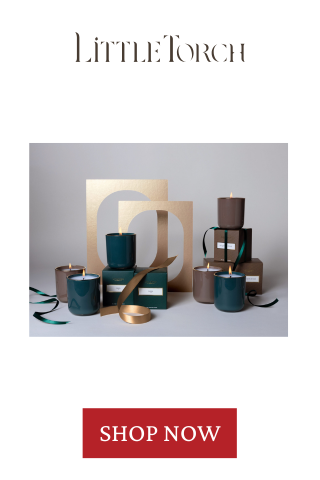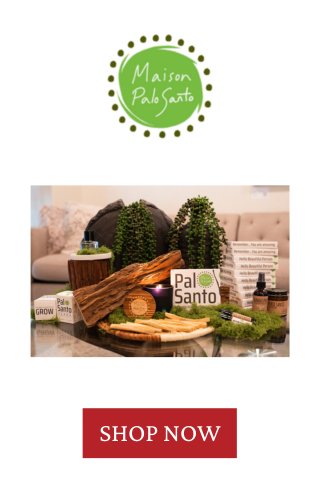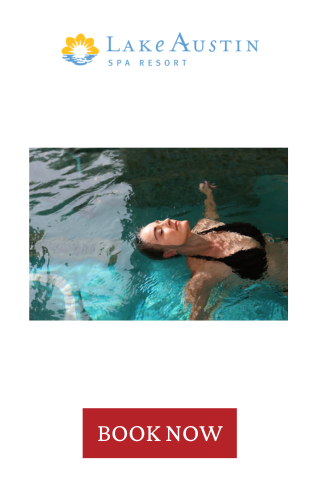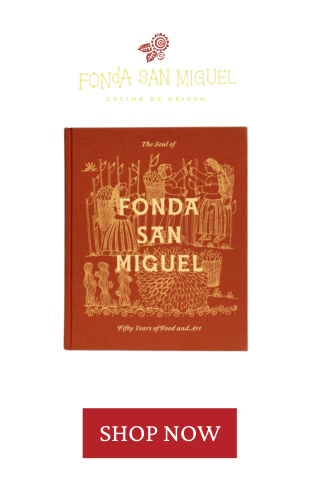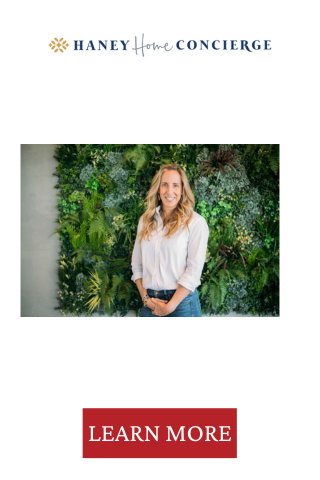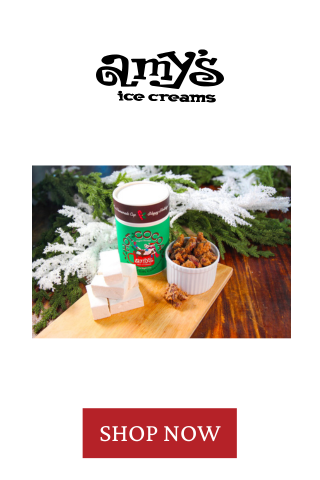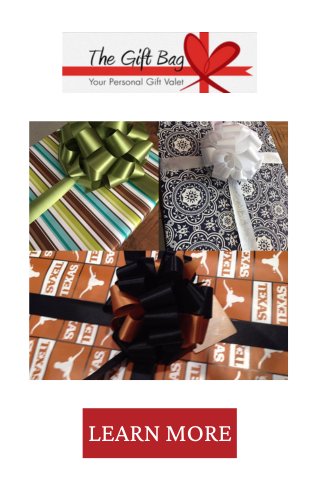La Cuna Center Opens Inaugural Art and Ecology Exhibition in the Texas Hill Country
“Enduring Forces” features artwork that explores land and climate from artists Beili Liu, Diego Miró-Rivera, and more photographers, designers and architects
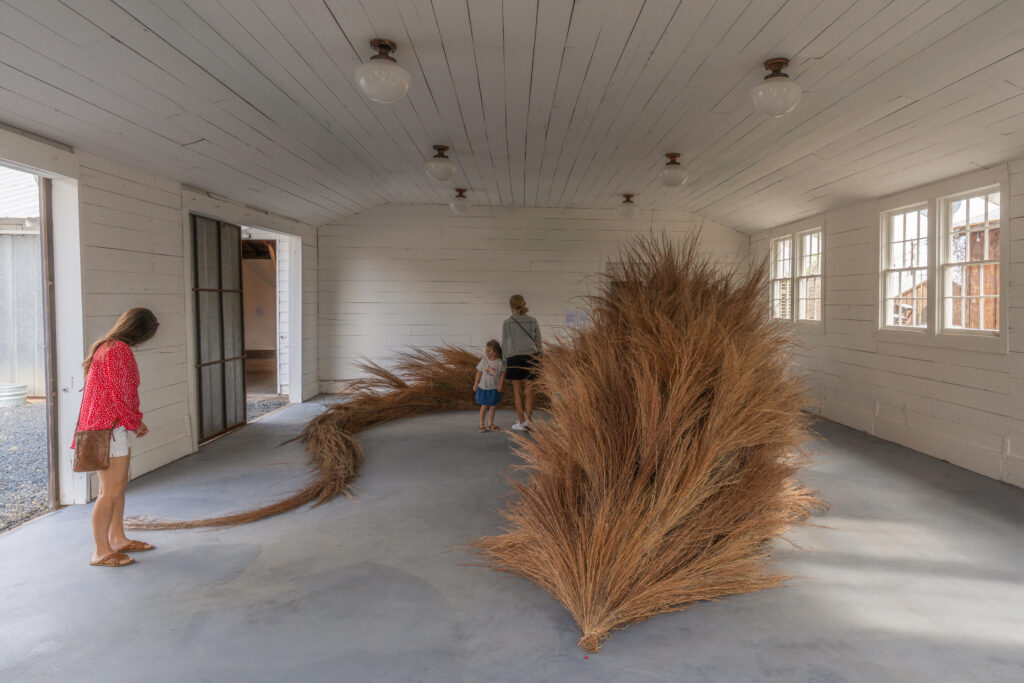
On March 29, the newly opened Castell Hill Country Gallery and Museum debuted “Enduring Forces,” the inaugural exhibition from La Cuna Center, an arts and ecology initiative based just up the road in Art, Texas. On view through June 21, the show gathers artists, land stewards, photographers, designers and architects to reflect on the harsh natural rhythms of the region—drought and deluge, wildflower bloom and wind-swept prairie—and how those forces shape memory, identity and place.
The exhibition features works by a notable roster of Texas-based artists, including 2024 Texas State Artist Beili Liu and the center’s first artist-in-residence, Diego Miró-Rivera. Their work is joined by contributions from Abi Ogle, John Redington of Side Angle Side, and Charles Williams of Ciel Design for Gardens, along with nature photography from Erin Newman-Mitchell, Matthew Guthrie, Anna Mallam and Grant Pittman. La Cuna founder and exhibit curator Rachel Farrington rounds out the show with a striking installation based on a three-year plant census conducted on La Cuna’s property.
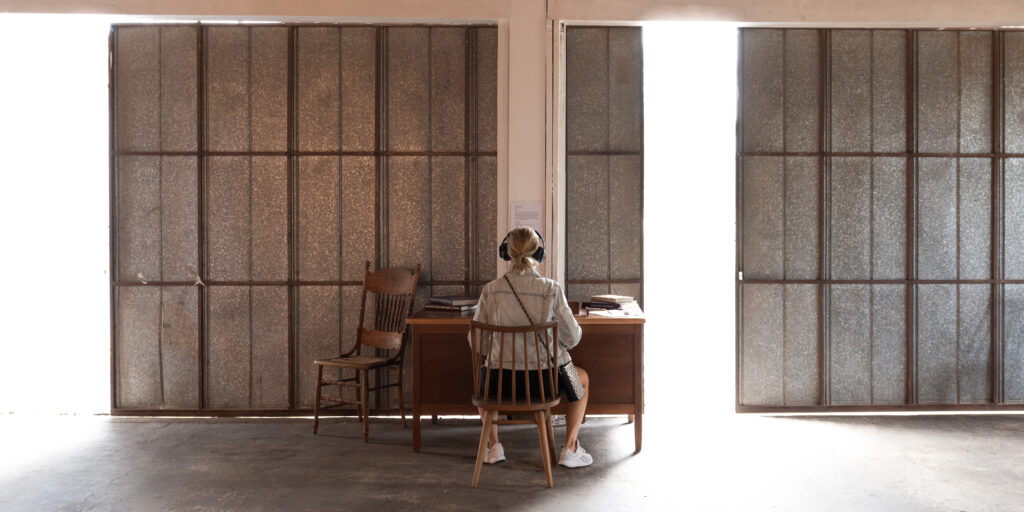
Building a sustainable home for art and ecology
Farrington, an artist and designer, began dreaming up La Cuna Center several years ago alongside architect Riley Triggs and ecologist Kelly Purkey. “We kept hitting a lot of brick walls for real change inside institutions,” Farrington said. “So I thought, well, I’m going to go do something tiny, start it myself and see if we can grow something on my own with my beliefs and principles behind it.”
After falling in love with the land near Castell, Farrington and her husband purchased land and began building what would become La Cuna Center. Today, the center serves as both a home, studio and a site for sustainable building and prairie restoration, where Farrington hopes to cultivate ideas that ripple far beyond the region.
That dream found a kindred spirit in AREA Group founder Aaron Ashmore, who stumbled upon Castell during the pandemic and began quietly transforming a set of riverfront cabins. One of his projects: a repurposed barn that’s now the Castell Hill Country Gallery. After discovering each other on Instagram, Ashmore offered the gallery to Farrington for the center’s first show.
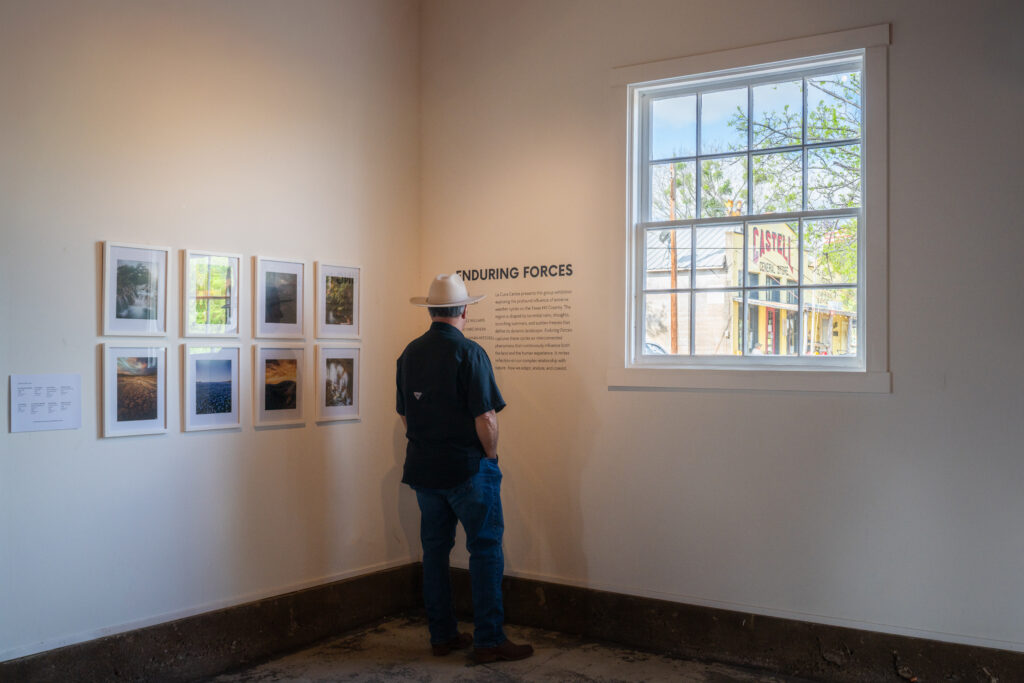
La Cuna Center’s exhibit highlights
“This was sort of a baby step,” said Farrington. “We wanted something relatable to the region, something that felt true to the land and the community that’s been living with these extremes for generations.”
Several pieces in the exhibition address the cycles of drought that have long defined the Hill Country. A large-format aluminum print by Liu depicts a drought-killed tree from 2013, originally installed in the middle of Lady Bird Lake. The striking image captures the stark beauty and severity of environmental loss, anchoring the show’s exploration of natural extremes.
Another centerpiece of the show is “Poncho,” a site-specific sculpture by Miró-Rivera made from native Little Bluestem grass. “That little bluestem was selected because it’s like cotton candy to cows. So it’s missing from all of the overgrazed properties that are out there. We had to find it on ungrazed properties, which was hard to find,” said Farrington.
The large-scale sculpture fills the room with a sweeping arc of bundled native grass, combining natural texture with a minimalist, abstract form that loosely evokes a prairie creature. “It’s really exceptional,” Farrington added. “It allowed enough room for whimsy and imagination, and that made it accessible to everyone.”
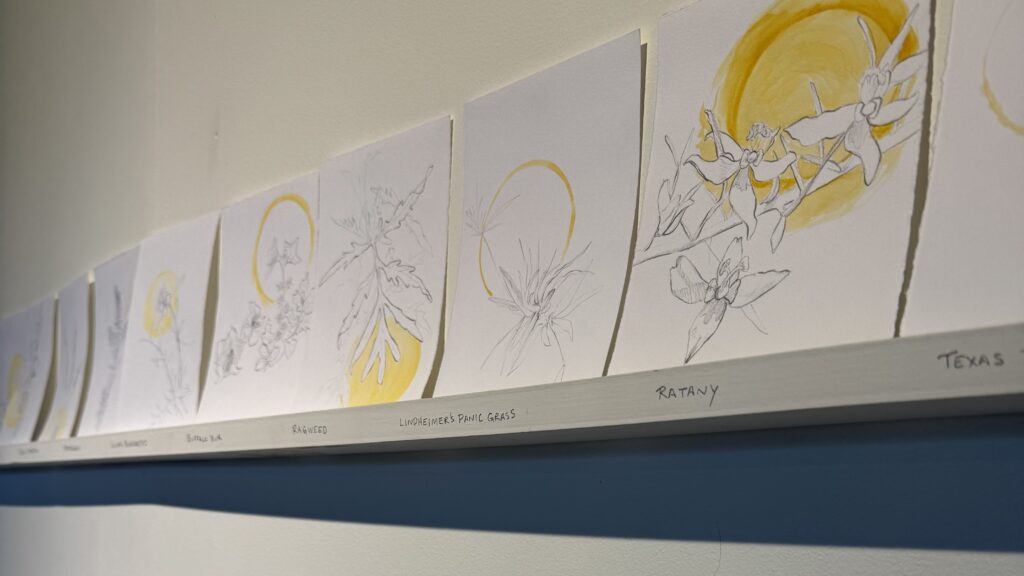
Works reflect Hill Country’s environmental extremes
That accessibility is key to La Cuna Center’s mission, which aims to integrate artists, architects and ecologists into public conversations about land use, water cycles and climate adaptation. Several pieces in the show nod to these intersections: architectural sketches exploring weather-resistant Hill Country design, photography that chronicles natural extremes, and documentation of a rain-fed sculpture that delivers water to wildlife on the property.
“Creatives are powerful thinkers,” said Farrington. “And sometimes that gets neglected in the systems we live within. So we’re trying to create a place where they can be free to use their gifts and make real change.”
The gallery, located just a short drive from La Cuna Center, is open daily from 10 a.m. to 6 p.m. A public reception for “Enduring Forces” will be held on May 3, offering visitors a chance to meet the artists and experience the exhibition in person. A de-installation event is also planned for June, when a cow will be invited to eat Miró-Rivera’s site-specific sculpture—crafted from native Little Bluestem grass—as the conceptual conclusion to the piece. For more information, visit la-cuna.org.
RELATED: Local Artist Felipe Gomez Carves a New Path with Steel, Paint and Purpose

